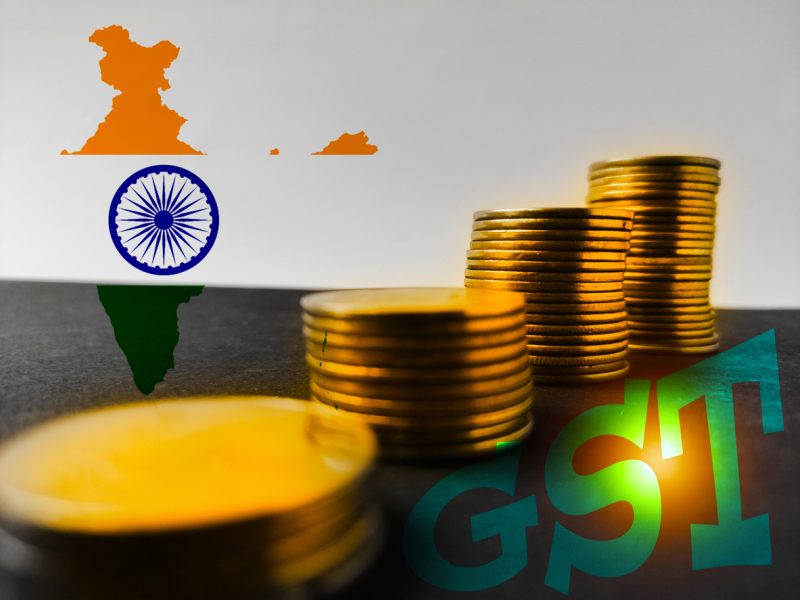
As GST completes 5 years, Tamil Nadu's revenue on the rise
On the flip side, the tax regime has only widened the rift between the Centre and the states, and it has failed to achieve the ‘correct’ tax rates

Come Friday, GST will complete five years since it was rolled out nationwide. In Tamil Nadu, the SGST (state GST) revenue has been growing but for the years when the COVID lockdowns closed the economy in the state for a few months.
In the first year (2017-18), the GST revenue was Rs 27,707.79 crore but in 2021-22, the SGST revenue collection touched a record of Rs 45,276.36 crore. The SGST growth has been around 64 per cent over the past five years. But, on the flip side, there are loopholes in the GST Act and nearly 50 per cent of the economy is outside the common tax regime.
Also Read: GST rates revised: Know every day items that will cost more
“We have seen an increase in the SGST revenue over the years and slowly all hurdles which we faced during the roll out in 2017 are being wiped out. There are a few loopholes which the GST Council must take into consideration and bring changes in the GST Act,” said an additional chief secretary.
Easy tax collection
State GST department officials say that since everything is online, it has become easy to collect the tax. “The GST Act made all payments towards the government by companies big and small only through online. This has come a long way in controlling corruption in the department as officials don’t see company official’s eye-to-eye,” said the official.
After a sluggish start and underwhelming tax collections, GST collections in the recent months have seen a strong pick-up.
Where it failed
GST has also failed on two major counts. It has only widened the rift between the Centre and the states, and it has failed to achieve the ‘correct’ tax rates. Despite the pick-up in GST collections recently, the government and the GST Council believe the current tax rates are well below the desired levels. The 15th Finance Commission in a report cited that against the revenue neutral rate of 15.5 per cent, the average GST rates are around 11.8 per cent.
Also Read: GST Council clears proposal to remove tax exemptions on select goods
In the early years, the GST Council changed rates in response to the initial chaos created by a new tax system. Those rate cuts and exemptions are coming back to bite the government.
This also created a rift between the Centre and states. Many states have been struggling with their revenues, which they partly blame on having to give up their taxing rights under GST.
Also, with fuel, liquor, stamp duty and land registration out of GST, nearly 50 per cent of the GDP is out of the common tax regime. “GST in India is flawed in two ways. First, not the entire GDP is under the GST regime and second, too many rates and this needs to be changed. GST is about a single rate across the country,” said the official.
Also Read: Amit Mitra asks Centre to take decisions at GST Council by consensus
Now, there is demand that the compensation (for the loss in revenue due to implementation of GST) that the Centre gives to states (initially for the first five years) be extended for another three to five years, a demand the Centre hasn’t been too keen to yield to. The success (or failure) of GST now depends on the smooth resolution of these issues.

